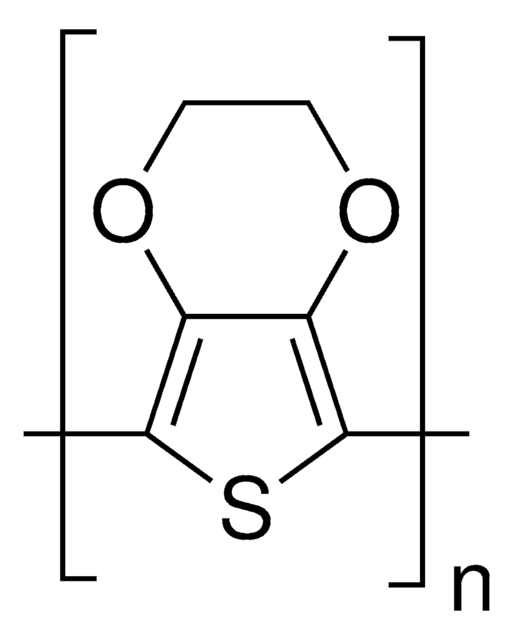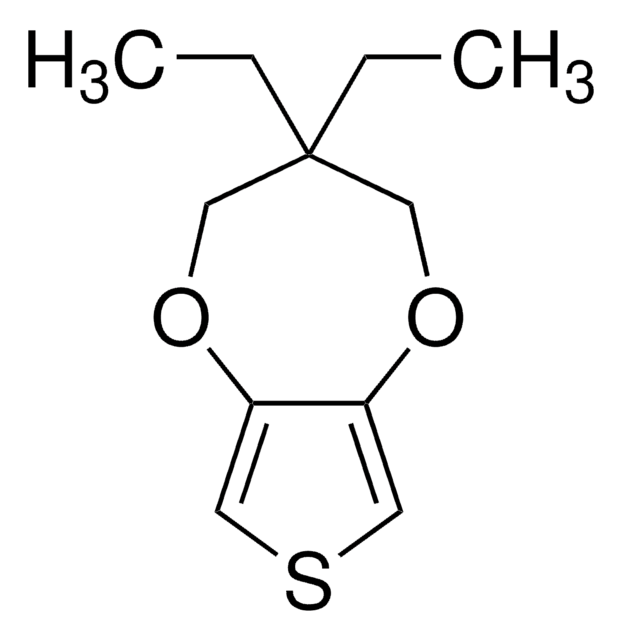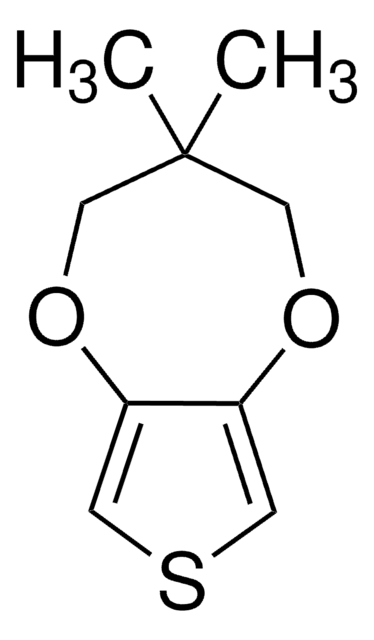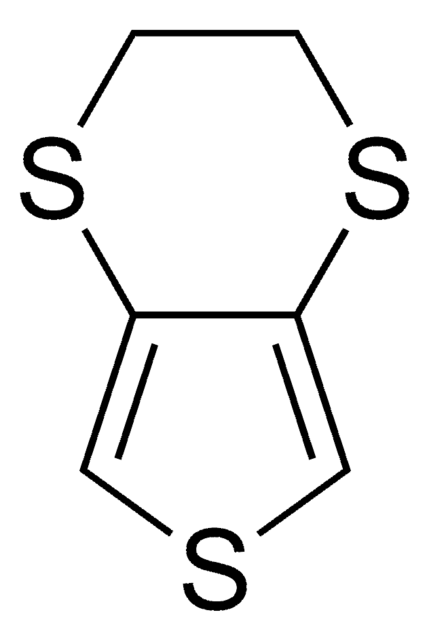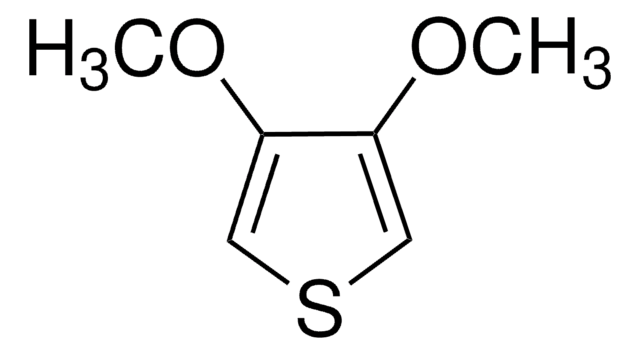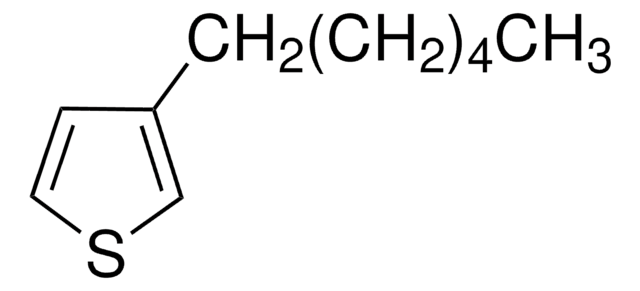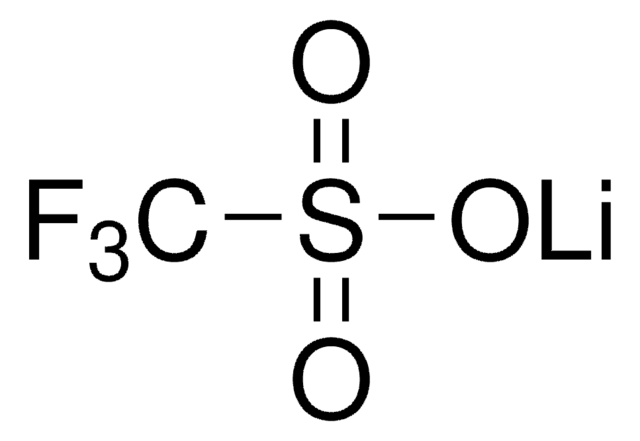660485
3,4-Propylendioxythiophen
97%
Synonym(e):
3,4-Dihydro-2H-thieno[3,4-b][1,4]-dioxepin, ProDOT
About This Item
Empfohlene Produkte
Qualitätsniveau
Assay
97%
Form
solid
mp (Schmelzpunkt)
79-83 °C
SMILES String
C1COc2cscc2OC1
InChI
1S/C7H8O2S/c1-2-8-6-4-10-5-7(6)9-3-1/h4-5H,1-3H2
InChIKey
WNOOCRQGKGWSJE-UHFFFAOYSA-N
Allgemeine Beschreibung
Anwendung
Lagerklassenschlüssel
11 - Combustible Solids
WGK
WGK 3
Flammpunkt (°F)
Not applicable
Flammpunkt (°C)
Not applicable
Persönliche Schutzausrüstung
Eyeshields, Gloves, type N95 (US)
Hier finden Sie alle aktuellen Versionen:
Besitzen Sie dieses Produkt bereits?
In der Dokumentenbibliothek finden Sie die Dokumentation zu den Produkten, die Sie kürzlich erworben haben.
Kunden haben sich ebenfalls angesehen
Artikel
Conjugated polymers offer charge transport between inorganic, electrically conducting metals and organic, proton-conducting biological systems.
Unser Team von Wissenschaftlern verfügt über Erfahrung in allen Forschungsbereichen einschließlich Life Science, Materialwissenschaften, chemischer Synthese, Chromatographie, Analytik und vielen mehr..
Setzen Sie sich mit dem technischen Dienst in Verbindung.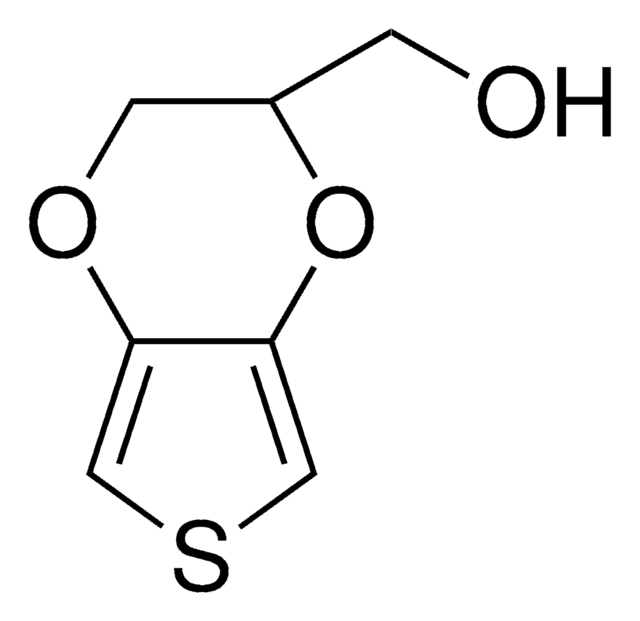
![2,3-Dihydrothieno[3,4-b]-1,4-dioxin 97%](/deepweb/assets/sigmaaldrich/product/structures/268/912/cdf638a8-0f41-4525-838f-0b60770b1999/640/cdf638a8-0f41-4525-838f-0b60770b1999.png)
